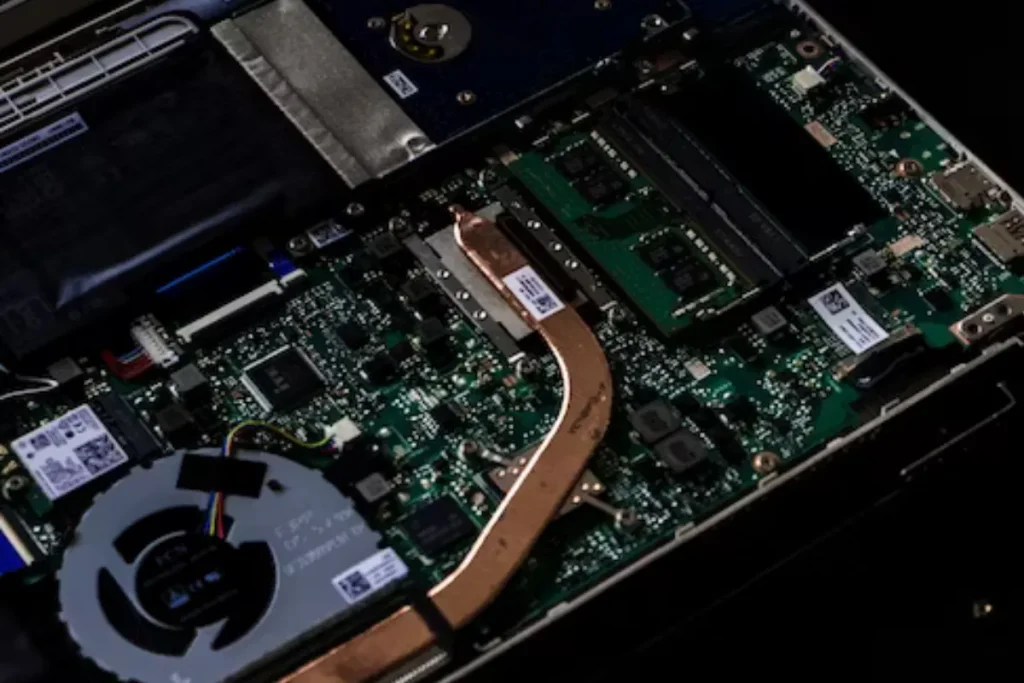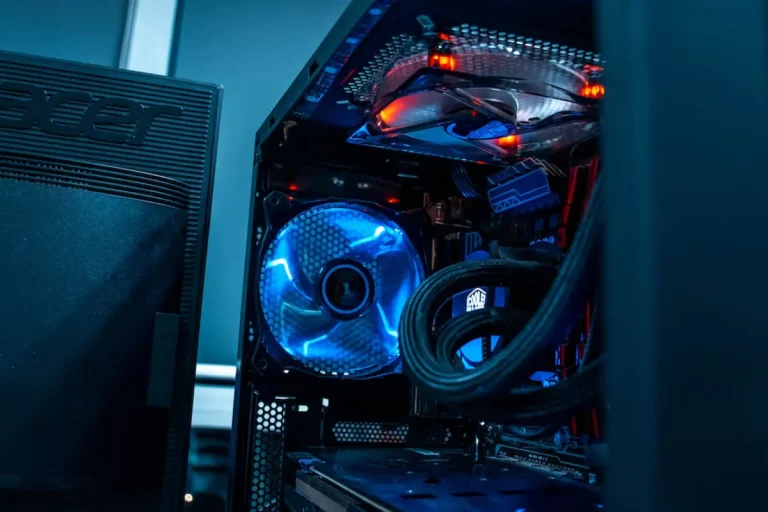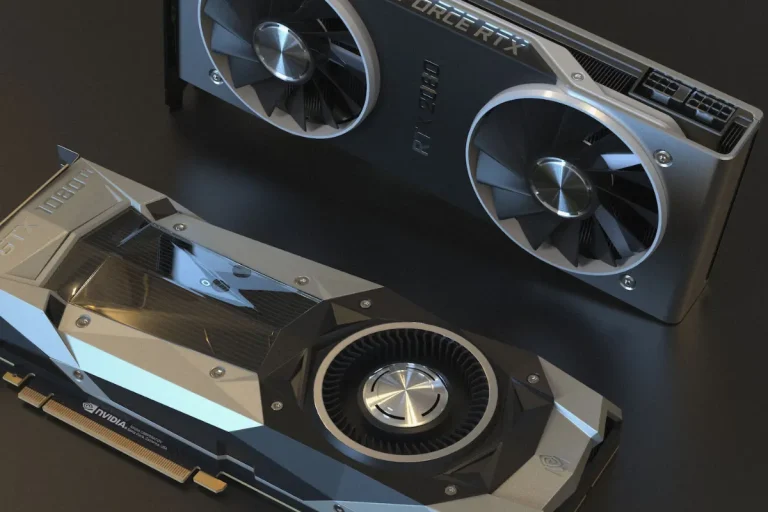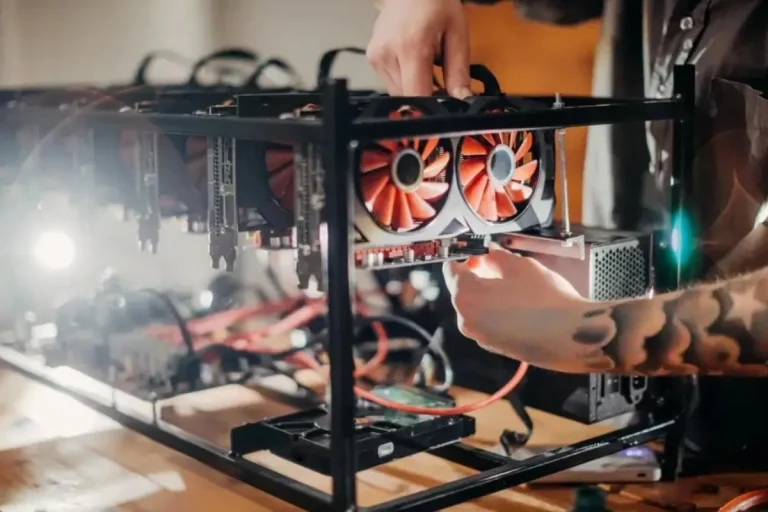How much GPU usage is normal for gaming?
Are you curious about how much GPU usage is considered normal for gaming? Understanding this crucial aspect can help optimize your gaming experience and ensure smooth gameplay. In this article, we’ll explore the factors that influence GPU usage, the typical range for gaming, and how to achieve the perfect balance for an immersive gaming session.
Normal GPU Usage Range for Gaming
Understanding the normal GPU usage range for gaming is crucial in optimizing performance and ensuring a smooth gaming experience. The GPU, or Graphics Processing Unit, plays a vital role in rendering graphics and visuals in games. In this section, we will explore the average GPU usage during gameplay and the variations that can occur based on game complexity.
Average GPU Usage during Gameplay
During gameplay, the GPU usage tends to fluctuate depending on the graphical intensity of the game. Less demanding games generally result in lower GPU usage, as the graphics are less complex. On the other hand, more graphically intense games can push the GPU to higher usage levels to render intricate visuals.
On average, during standard gaming sessions, a GPU usage range of 60% to 90% is considered normal. This range indicates that the GPU is being effectively utilized to deliver smooth visuals and maintain a steady frame rate.
GPU Usage Variations Based on Game Complexity
Game complexity significantly impacts GPU usage variations. As games become more visually intricate, with higher-resolution textures, complex lighting effects, and detailed models, the GPU has to work harder to render these elements in real time. Consequently, the GPU usage during gameplay can reach higher percentages to handle the increased workload.
Monitoring GPU Usage
Monitoring GPU usage is a crucial aspect of optimizing gaming performance and ensuring your hardware is running smoothly. By tracking GPU usage, you can identify potential bottlenecks, optimize graphics settings, and make informed decisions about hardware upgrades.
We will explore the tools and software available for monitoring GPU usage and how real-time monitoring and analysis can help optimize your gaming experience.
Tools and Software for Tracking GPU Usage
Several tools and software applications are available to monitor GPU usage. One popular choice is MSI Afterburner, which provides real-time monitoring of GPU usage, temperature, and fan speed. It also allows for customizing fan profiles and overclocking.
Other options include GPU-Z, HWMonitor, and CAM, which offer detailed insights into GPU performance metrics.
Real-time Monitoring and Analysis for Optimization
Real-time monitoring of GPU usage allows you to keep an eye on how your hardware is performing during gameplay. By analyzing the GPU usage data, you can identify any spikes or abnormalities that may indicate performance issues.
This information can help you make necessary adjustments, such as tweaking graphics settings or upgrading your hardware.
Optimizing GPU Usage for Better Gaming Performance

Optimizing GPU usage is crucial for achieving better gaming performance and maximizing the capabilities of your hardware. By making adjustments to in-game graphics settings and considering overclocking and cooling solutions, you can enhance your gaming experience.
We will explore how adjusting graphics settings and utilizing overclocking and cooling solutions can optimize GPU usage and improve gaming performance.
Adjusting In-Game Graphics Settings for Optimal GPU Usage
One effective way to optimize GPU usage is by adjusting the graphics settings within the game itself. Most modern games offer various graphics options, such as texture quality, shadow detail, and anti-aliasing.
By finding the right balance between visual fidelity and GPU load, you can achieve a smooth gameplay experience without putting unnecessary strain on your GPU. Experimenting with different settings and monitoring GPU usage can help you find the optimal configuration for your system.
Overclocking and Cooling Solutions for Improved Performance
Overclocking, the process of increasing the clock speed of your GPU, can provide a significant boost in performance. By overclocking, you can make your GPU work faster and handle more demanding tasks.
However, it’s essential to approach overclocking with caution and ensure proper cooling solutions are in place to prevent overheating.
Troubleshooting Abnormal GPU Usage
Abnormal GPU usage can negatively impact gaming performance and indicate underlying issues with your system. Whether it’s high or low GPU usage, understanding how to identify and resolve these issues is essential. We will explore troubleshooting techniques to address abnormal GPU usage, including identifying potential bottlenecks and system limitations.
Identifying and Resolving Issues Related to High or Low GPU Usage
When it comes to GPU usage, extremes can be problematic. High GPU usage can lead to overheating, performance drops, and even system crashes.
On the other hand, low GPU usage may indicate underutilization of your graphics card’s capabilities, resulting in suboptimal performance. To troubleshoot high GPU usage, check for resource-intensive applications running in the background, update your graphics drivers, and ensure proper cooling.
Addressing Potential Bottlenecks and System Limitations
Bottlenecks and system limitations can also contribute to abnormal GPU usage. A bottleneck occurs when one component of your system hinders the performance of another, often resulting in lower GPU usage.
Common bottlenecks include a slow CPU, insufficient RAM, or outdated storage devices. To address bottlenecks, consider upgrading components that are limiting your system’s performance.
Frequently Asked Questions
1: Is it normal for my GPU to reach 100% usage during gaming?
Yes, it can be normal for your GPU to reach 100% usage during intense gaming sessions. This indicates that your GPU is being fully utilized to deliver the best performance possible.
2: Why is my GPU usage very low while gaming?
Low GPU usage during gaming can be caused by various factors, such as CPU bottlenecks, incorrect graphics settings, or outdated drivers. It is advisable to check these factors and make necessary adjustments to ensure optimal GPU usage.
3: Can high GPU usage cause overheating?
Yes, high GPU usage can lead to increased temperatures, which may result in overheating if not properly managed. It is important to ensure adequate cooling solutions, such as efficient fans or liquid cooling, to prevent overheating and maintain optimal GPU performance.
4: Is it normal for GPU usage to fluctuate during gaming?
Yes, GPU usage can fluctuate during gaming based on the demands of different game scenes or graphical effects. It is normal for GPU usage to vary dynamically to meet the required performance levels.
5: Should I be concerned if my GPU usage is consistently low during gaming?
Consistently low GPU usage during gaming may indicate that your GPU is not being fully utilized, potentially affecting performance. It is recommended to check for any software conflicts, outdated drivers, or incorrect game settings that might be causing the low GPU usage.
Conclusion
Determining the normal GPU usage for gaming can vary depending on the system and game requirements. While it is normal for the GPU to reach 100% usage during intense gaming, consistently low GPU usage may indicate underlying issues.
Keeping an eye on GPU temperature and optimizing settings can help ensure optimal performance and an enjoyable gaming experience.




